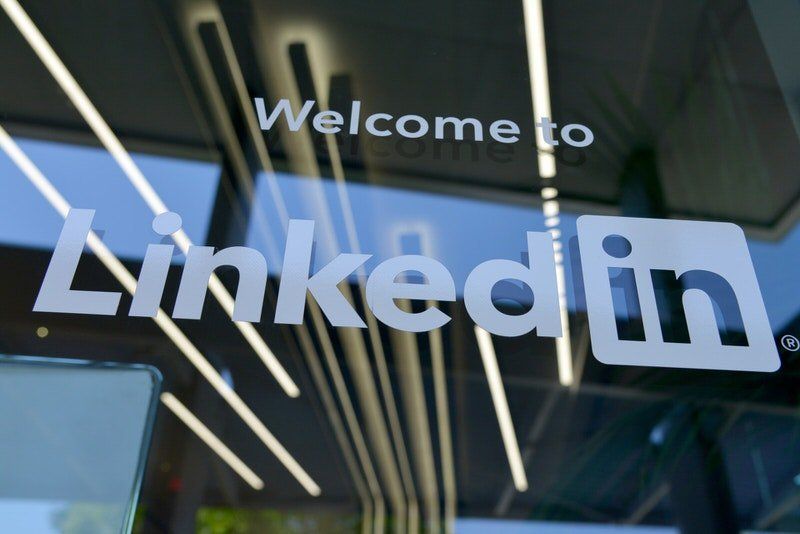Summary
Website visitors are the life force of any website. Without them, you can’t get customers, and this translates to zero sales. Have you ever wondered why no one seems to find your website despite having attractive web pages and amazing content?
Well, there are several reasons you’re not getting website traffic. To figure out why no one is visiting your website, you need to understand the different factors that are responsible for boosting website traffic which have been addressed here.
You will learn
Why Isn’t Anyone Coming to My Website?
One of the best tools you should have in your marketing toolbox is a website. Nowadays, having a website is a requirement for your business because everyone is online and checking out websites of their favourite companies, shops, and service providers.
However, you need to have a website that your target market wants to visit. So why aren’t they coming to your website? Maybe you’re struggling to generate traffic, or you used to have plenty of website visitors, and now you only get a handful per day. There are reasons for this, and we will help you understand your lack of website visitors.
It starts with a strong SEO game
Any website design professional will tell you that generating website traffic starts with Search Engine Optimization (SEO). SEO is all about getting found using certain keywords that relate to your business.
It starts when someone types in words like “how to increase traffic to my website” into Google. If you optimize your website for Google’s web crawlers to find your site, your business will appear on the first two pages.
If your website isn’t optimized, it will be shoved all the way back on page 10. Why is this bad for your website? Because people rarely go beyond the first couple of pages of Google search results.
Lack of SEO could be where your website traffic problems are stemming from.
You will rank high on Google if your business is good at answering people’s questions. Your prospects go to Google when they are searching for solutions to their problems.
Does your website provide these solutions to your clients?
If yes, Google will shoot some traffic your way. If not, your website will remain as it is, just a website and not a lead-generating machine.
Does your website have a good design?
Your website is a reflection of your brand.
It is among the first things your target audience will look at to get to know you, and therefore you need to ensure that you make an excellent first impression so that you can nurture your leads and increase the number of conversions.
According to SWEOR's First Impression's Report, “57% of internet users say that they would not recommend a business with a poorly designed website on mobile and 38% of people will stop engaging with a website if the content or layout is unattractive”.
This means that if your website is not optimized to work on smartphones and other mobile devices and if the layout and content is not appealing, you will basically be chasing your visitors away.
To ensure that you have a properly designed website, have a look at the following web design elements that should be in sync with your brand identity and used consistently.
Colour
If you already have a brand guideline outlining your brand colours, then you should use them on your website. If you’re just starting out, use this guide to help you choose the right colours for your brand.
Layout
Your web layout should be clean and simple. Make sure it draws attention to the most important aspects of your business.
Typography and Fonts
The number one rule for choosing a font is that it should be easy to read and 100% visible against your web pages’ background colour. Your font should also be guided by your brand personality. For example, are you formal, fun, youthful?
Accessibility
Your website should be designed in a way that anyone, including people with disabilities, can browse through it without trouble.
Navigation
The main goal of your website’s visitors is to find the information they want in the shortest time possible. Your website design should make this process seamless.
The more user-friendly your website is, the higher the chances people will stay longer, engage with your content and click on those
Call-to-Action buttons.
What if you have excellent content and you still aren’t getting traffic?
So, you have carefully planned, optimized, and launched your website, and still, no one is visiting it. Why?
Google can be very picking when choosing websites to send their clients. They use an algorithm (selection criteria) to help them decide which website gets traffic and which one gets left out.
To boost traffic to your website, you need to get a deeper understanding of how Google’s search algorithms work and provide a wonderful experience to customers.
How to Drive More Traffic to Your Website
Boosting website traffic is just one thing. Getting qualified leads (people who are truly interested in your products or services) is another. It’s never too late to create a strategy to drive more qualified traffic to your website.
Here are 6 tips to help you get more visitors to your website.
1. Ensure your website is compatible with multiple devices
People browse the internet using desktops, smartphones, iPads, and many other smart devices. It is therefore important to make sure that your website works seamlessly with all these devices.
Your customers expect a smooth browsing experience regardless of the device they use. How your website appears and its user experience on multiple devices will have a great impact in the long run.
Businesses that provide a flawless experience to their website visitors generate more leads and sales.
2. Your website should download lightning fast
Most internet users expect a website to load in less than 2 seconds. Over the years, the loading times of websites have become a vital pillar in what makes an excellent website.
Google also knows this and factors in loading speed as one of the direct ranking factors for search results.
You might be confident about the loading speed of your website because you have seen how quickly it downloads.
However, watching it download is not the best test because once you load a website on your computer, a cached version (memory) of it is stored and it will load faster the next time you open it.
To know how fast your website loads, drop me an email with your URL and I’ll send you accurate results.
3. Give your visitors an exceptional experience
People who visit your website want to enjoy browsing it regardless of their abilities or disabilities. Some visitors may have colour blindness, shaky hands, or poor vision.
If your web pages are too complex to maneuver, visitors will wander off to look for friendlier websites. Keep it straightforward and easy to find things. Your website should get straight to the point without wasting users’ time.
Research has shown that the average internet user spends about 45 seconds to 2 minutes on a website. So, make every second count.
4. Create relevant content for your ideal customer
In this digitally driven world, businesses are competing now more than ever.
They are creating relevant content for their audience and this eventually generates more leads for their business.
Therefore, each piece of content that you create for your website should focus on addressing the needs of your customers.
Creating content that aligns with your customers' needs comes with benefits such as:
- Backlinks that will help improve your site's ranking.
- Increasing the time visitors spend on your site.
- Answering specific questions your customers ask.
5. Make your website accessible
To attract as many visitors as possible, you need to ensure that your website can be used by anyone.
To do this, you just need to understand the main issues that can make it difficult for people to use a website.
Once you do, take the necessary steps to avoid making those mistakes and make your site more appealing to visitors.
Also, if your website is not easily accessible, then Google cannot understand your website, ultimately resulting in failure to send traffic your way. A great place to learn more about web accessibility is WebAim.
Don't fall into the trap of purchasing software tools that make your website accessible. They may look like a simple way out, but most of them don't work effectively.
The best way to do this is to learn about accessibility, or at least get a professional web designer who understands it and can build your website from the foundation up using appropriate web standards.
6. Get out there and network
One primary key to a successful business is interacting with your clients. Find the social media platforms where they like to hang out and get to know them.
Learn about their challenges and help them find solutions to their problems.
While at it, create a great business profile to capture their interest, and that will eventually lead them to your website.
Wrapping Up
You can get yourself into trouble by thinking that your job is done the moment you launch your website, but you need to do more than that to get traffic flowing to your site.
It can be difficult in the beginning, but with some hard work, you will
gain momentum.
Follow the great tips above and explore the resources provided, and you will be on the right path to increasing traffic to your website—not only any traffic but the type of visitors you want to attract.
You don’t have to go it alone.
Send me a question you are struggling with and I’ll get back to you with an answer.












